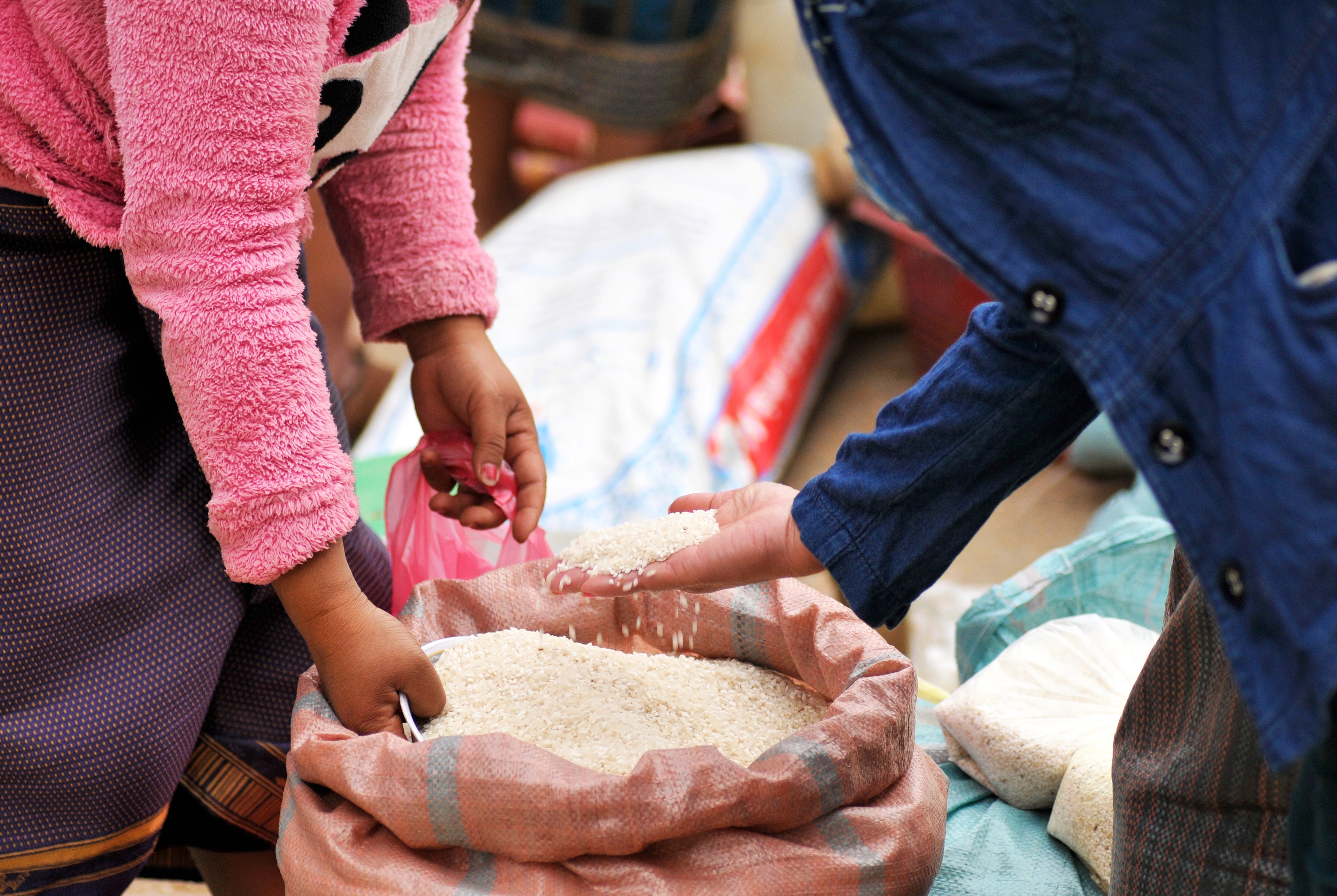Reducing Anemia

Location
India
Sector
Nutrition, Health
Type of Investment
Grant
Project Stage
Test & Transition
Length of Investment
2017-2020
Investment Overview
J-PAL South Asia planned to conduct a randomised controlled trial (RCT) in Tamil Nadu, India, to test whether the distribution of free fortified rice through the Public Distribution System (PDS) is a cost-effective way to treat anaemia at scale.
The Development Challenge
Anaemia is the most common form of malnutrition, affecting approximately 1.6 billion people worldwide. In Tamil Nadu, anaemia affects 60% of children between six months and five years of age, and more than half of pregnant women. Despite research showing that dietary iron and other micronutrients can help to alleviate the problem, in practice they are often ineffective as their usage relies on recipients actively using them.
The Innovation
J-PAL South Asia’s innovation planned on replacing conventional rice provided free of charge through the Indian PDS with fortified rice kernels made from rice flour enriched with iron, zinc, vitamin A, folic acid, and B vitamins blended with parboiled rice. Whereas other programmes require people to remember to take iron pills, or to go out of their way to buy fortified food, this intervention involved no behavioural change from consumers.
Our Investment
GIF’s grant of USD 1.23 million was used to test whether the distribution of fortified rice through the PDS is a cost-effective way to treat anaemia at scale. The J-PAL team also wished to collect information, carry out implementation and advocacy activities, and produce guidance to facilitate the potential scale-up of the intervention by the Government of Tamil Nadu.
Progress to date
Unfortunately, this investment was closed in late 2020 following several challenges that prevented the distribution of the fortified rice from being successfully launched. These included a change in the standards set by the Food Safety and Standards Authority of India (FSSAI) in 2018, a setback in testing nutrient levels (2019), and travel restrictions during the Covid-19 pandemic (2020).
Reducing Anemia in numbers
Malnourished children globally are in India
GIF grant
Reducing Anemia Completion Brief
The innovation being tested in this study was the distribution of fortified rice via the already existing Public Distribution System (PDS) that delivers free rice to all households in the Indian state of Tamil Nadu for an increased intake of iron and micronutrients to tackle the endemic issue of anaemia. Whereas other programmes require people to remember to take iron pills, or to go out of their way to buy fortified food, this intervention involved no behaviour change from consumers.
Use of GIF Funds
GIF provided $540,000 funding to cover:
- The work of research and implementation personnel
The two arms of the RCT:
Treatment arm of 110 villages that were to receive fortified rice
Control arm of 110 villages that were to receive normal (unfortified) rice
Data collection and analysis costs
Cost for a Project Implementing Agency (third-party agency), responsible for quality control and supervision
Policy dissemination costs
Equipment, supplies, travel, and other project costs.
Objectives
This project aimed to address anaemia and micro-nutrient deficiencies in the Indian state of Tamil Nadu. The intervention involved replacing conventional rice provided free of charge through the PDS with fortified rice made from rice flour enriched with iron, zinc, vitamin A, folic acid, and B vitamins blended with parboiled rice.
Impact to Date
Unfortunately this investment was closed in late 2020 following a number of challenges that prevented the distribution of the fortified rice from being successfully launched. These included a change in the standards set by the Food Safety and Standards Authority of India (FSSAI) in 2018, a setback in testing nutrient levels (2019), and travel restrictions during the Covid-19 pandemic (2020).